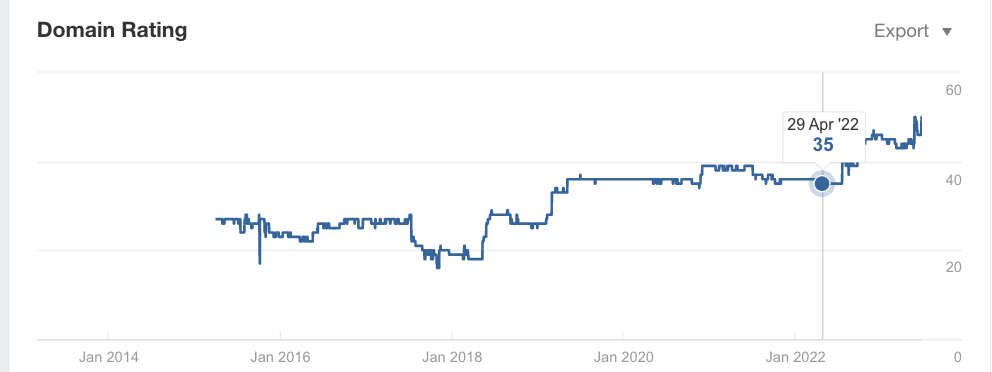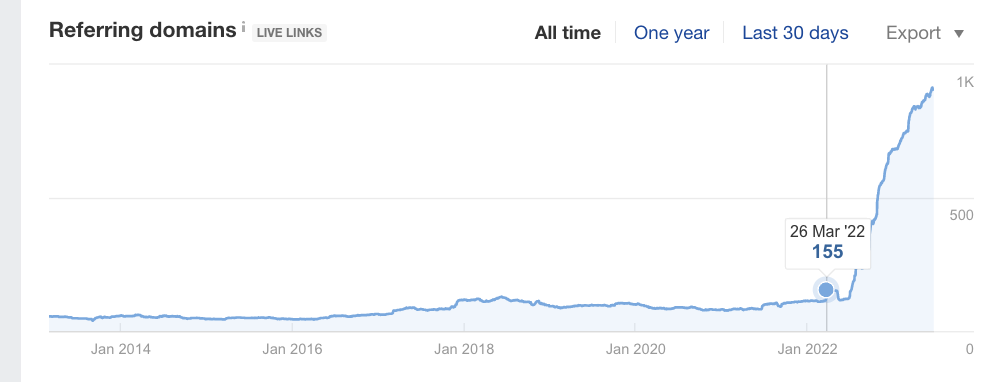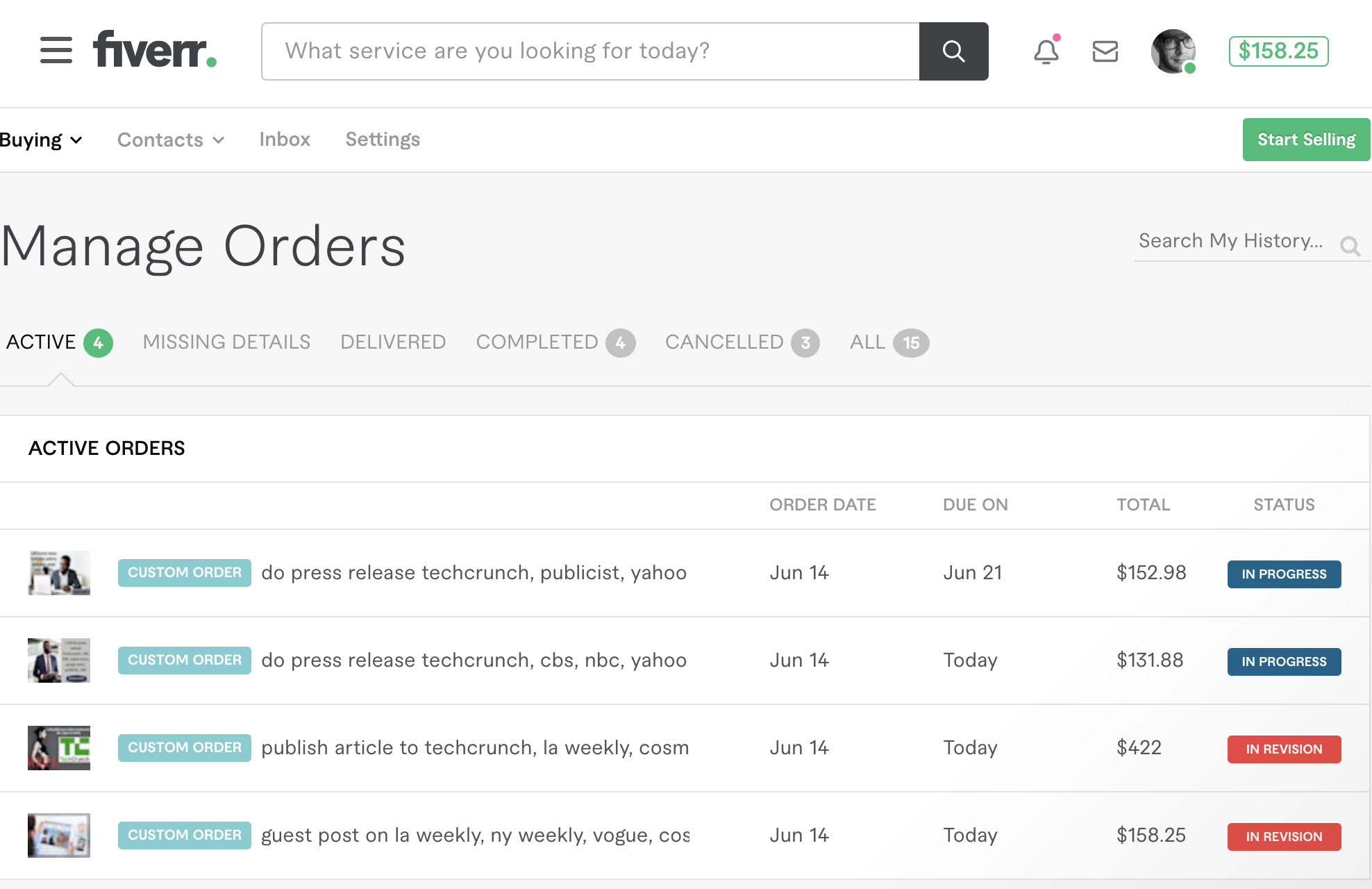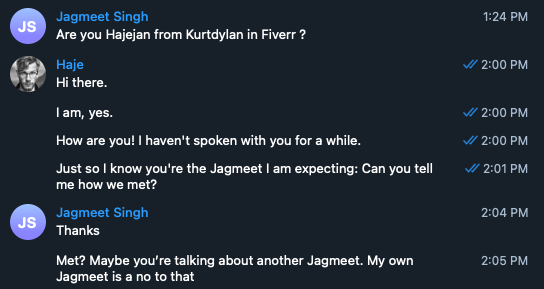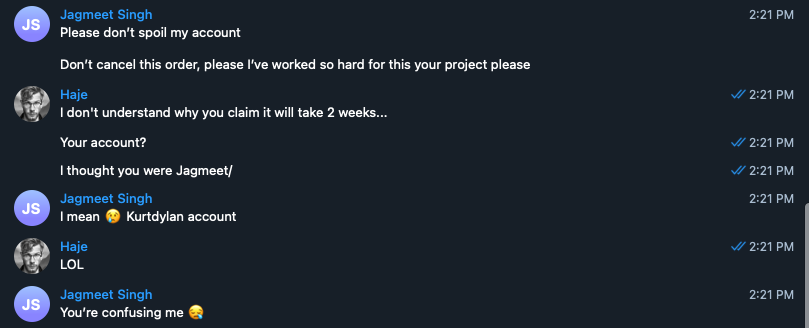This is a quiet period for marketing: End-of-year campaigns are already underway, teams are on holiday vacations and there’s little to do until after the new year.
Setting aside the holiday spirit, this has been a difficult year for growth professionals. Most are still adapting to pandemic-driven changes to consumer habits, but Apple’s new privacy options and the impending death of the browser cookie are making it more difficult to reach the right consumers. Growth marketers have a wide variety of tools available, but which ones do the pros use?
We reached out to 10 growth marketing experts to find how they were preparing for 2022 and to ask they had any New Year’s resolutions to share.
Help TechCrunch find the best growth marketers for startups.
Provide a recommendation in this quick survey and we’ll share the results with everybody.
The answers and advice we received were as varied as the people we polled, but nearly all of them indicated that learning — e.g. analytics training, getting started with AI tools, etc. — was high on their to-do list. “Google Analytics 4 is the new default in 2022 and beyond, so get ready to relearn how to configure your analytics reporting in a way that makes sense for your organization,” said Richard Meyer of Tuff.
Kate Adams, SVP of marketing at Validity, said it’s important to keep honing one’s skills, but growth marketers shouldn’t feel compelled to become experts at everything: “Overall, there’s more value in being able to articulate what your problems are and develop strategies to fix them than to be a technology savant gobbling up whatever solution you can get your hands on.”
Our questions also addressed the future of influencer marketing, which automation tools they’re working with and recommending to clients and whether they’re continuing to invest in short-form videos.
Here’s the full list of who we spoke to:
- Jonathan Martinez, founder, JMStrategy
- Kate Adams, SVP of marketing, Validity
- Richard Meyer, growth marketer, Tuff
- Bas Willems, head of marketing, DataSnipper
- Gus Ferguson and Alyssa Crankshaw, co-founders, Ascendant
- Shane Hegde, founder and CEO, Air
- Tracey Wallace, director of marketing, MarketerHire
- Greg Sheppard, CMO, Templafy
- Lauren Kelly, CMO, ThoughtExchange
Jonathan Martinez, founder, JMStrategy
What are your 2022 growth marketing resolutions?
In 2022, the companies that come out on top will be those that unlock iOS 14 and leverage influencers. My goal is to continue testing everything on iOS 14, such as optimal account structures, bidding, flows and more. I’m really interested to see how channels/MMPs/etc. evolve and what types of measurement betas they all roll out.
Equally as important to me is to continue leveraging the power of influencers. I think we’re still less than 10% of the way there on how impactful influencers will be in the next decade. Utilizing TikTok’s creator marketplace, platforms such as Billo for UGC content, etc., are all tactics that I’ll be employing.
There was a lot of discussion about influencer marketing in 2021, but is it a fad or a requirement? If it is a must, what types of companies need to invest in this area?
While influencer marketing may have been discussed in magnitudes over the last year, I believe we’re still at the infancy of this tactic. We’ll see channels start to create influencer marketplaces (akin to TikTok’s creator marketplace), which will remove barriers to working with influencers. The pandemic has accelerated people watching even more content from influencers on various channels. These same people are becoming more responsive to ads from a personal voice and increasingly numb to typical brand ads.
Where does AI marketing fall on your list of priorities for 2022? Should marketing teams be leaning into this, or is it industry/customer-specific?
As growth marketers, we should always be on the hunt for tools that’ll either help solve monotonous tasks or increase our analysis throughput. The creative AI space is something I’m keeping a close eye on because I think this is where there’s huge room for advancement. As targeting and bidding become increasingly channel automated, creative is an area that I believe still needs the human touch. If AI platforms can help speed learnings and provide useful insights on creative launches, it’ll be immensely helpful.
Which marketing automation tools do you think are poised to take off in 2022? Should growth marketers plan to become more technical in the coming year?
Growth marketing has always been a nice blend of analytics + creativity, with distribution being dependent on the stage of the company. As data becomes less clear with industrywide privacy changes, growth marketers are being forced to be more analytical and technical than ever. Running incrementality tests, applying scalars to channels and validating data across tools will be paramount in 2022 to understanding growth efforts.
Kate Adams, SVP of marketing, Validity
What are your 2022 growth marketing resolutions?
In 2022 marketers can expect to see a resurgence of product-led growth models, which have historically centered on creating free products that are appealing, easy to use and accessible. For so long, we’ve held this notion that growth models have to incorporate a trial period to succeed with consumers. What if that wasn’t the case? With the convergence of product-led growth strategies and the elimination of friction, it doesn’t have to be.
This year, marketers should resolve to embrace this resurgence, but in a modern, differentiated way. Let’s rethink how we approach growth models; maybe we don’t have to include a trial or free version of our products — especially when not every company is able to sustain the investment and resources required for trial products.
Another resolution is to not let yourselves fall in the trap of believing that everything is back to normal — COVID is still disrupting in-person events as well as entire industries and will continue to do so. So as marketers we have to resolve to pivot early and often to ensure our larger campaigns and investments are able to succeed regardless of the status of the pandemic.
There was a lot of discussion about influencer marketing in 2021, but is it a fad or a requirement? If it is a must, what types of companies need to invest in this area?
Influencers have their time and place — we all saw the “Just Like That” Peloton ad and that was cool and will stay with us for a week, maybe a month. But the reality is that no matter how much you pay or what influencer your brand snags, these are passing moments in time.
As a B2B marketer, I’m much more interested in making customers part of a community and giving them a platform to share their success stories of which we play a part. Instead of going for one person with 10 million followers via a flashy influencer program, why not invite 1,000 people with 10,000 followers to talk about your product? Not every industry has a Kim Kardashian for the moment, and even if they do, it’s not a sustainable model. It’s much more impactful, especially in the B2B world, to have a steady, ongoing drumbeat of customers telling their stories about your brand than investing heavily in one mega influencer.
Have short-form videos (2:30 or less) peaked, or should marketers keep using this tool in 2022?
Video definitely hasn’t peaked — and I don’t believe it will any time soon. There is an entire generation of individuals who essentially grew up on YouTube and TikTok. They know how to get to what they want (information included) faster. These are all the same people that are joining the workforce and suddenly becoming B2B buyers and, if you want to be successful, you have to communicate with them in the way they’re most familiar with. Short-form video content is one big way to do that.
There’s so much more room for video. In our industry, webinars still reign supreme but stopping there is antiquated thinking. Marketing teams should be challenging themselves to come up with ways to address the webinar fatigue happening in really technical industries. For example, taking long-form content (like webinars) and cutting them up into smaller, more readily consumable snippets is a quick and easy way to ensure these learnings live on and reach a broader audience.
Where does AI marketing fall on your list of priorities for 2022? Should marketing teams be leaning into this, or is it industry/customer-specific?
AI is some of the most exciting technology I’ve seen in a really long time. The fact that AI can achieve any number of tasks — whether it’s improving user experience or actually having a conversation with somebody — is truly incredible. But, I think of these things as pendulums. Consumers may experience AI and think, “I just want to talk to a person.” While using AI to mitigate issues with user experience and have it dealt with automatically is an ideal solution, there are instances when you actually need to enable a human being and have a human conversation.
AI is like a house; without the appropriate technology and engineering infrastructure at the foundation, that house is going to crumble. AI is only as good as what you put into it. The minute you try to train your machine based on bad data, it will find faulty trends or just not work at all. Right now too many people are running toward AI as the solution for all their problems without solving for the data decay already taking place in their organization.
Similarly, is the personalization trend overhyped? Which specific tools and platforms do you recommend for non-technical marketers who want to get up to speed?
Too many marketers today are enacting tokenization and claiming that as personalization. They’ll put your name and your company name in their materials and think, “I put these tokens in, and therefore I delivered you a personalized experience.” That’s missing the forest for the trees. From a technology perspective, it’s about the website experiences. We need to deliver a personalized experience based on who you are, how many times you’ve been here and what we know about you.
In terms of tools, I think there’s a ton of folks out there doing really interesting stuff right now — for everything from content personalization to web personalization. The important piece here is the ability to test and understand the impact of your personalization efforts on customers. A lot of ESPs and companies like Adobe are doing an incredible job building out tools to enable marketers to really hone in on the customer journey and demonstrate what the next best action is for each customer. I’m incredibly biased but I also think our solutions Everest and Demandtools can go a long way in providing today’s marketers with the ability to take their campaigns to the next level in terms of personalization and accuracy.
Which marketing automation tools do you think are poised to take off in 2022? Should growth marketers plan to become more technical in the coming year?
Marketing is incredibly difficult; more so than ever before. And there are also more solutions (8,000+ in fact) that claim to be the silver bullet to fix any marketing woes. But those are just claims as often no one solution is the end-all-be-all. While you definitely have to be savvy in technology (and the implementation of that technology) to be a successful marketer, there are many considerations in a marketer’s skillset outside of this technical piece.
For instance, there’s a marketing technologist, a marketing strategist, the marketing execution piece — in today’s market, you have to be all three of those to be a really strong marketer. Mastering all of these skills is difficult for one person, especially because it’s using both sides of the brain. Understanding the analytical aspects of a marketing program, but also how to write the copy that captures people’s attention and portrays the message you want to say is tricky. Overall, there’s more value in being able to articulate what your problems are and develop strategies to fix them, than to be a technology savant gobbling up whatever solution you can get your hands on.
Richard Meyer, growth marketer, Tuff
What are your 2022 growth marketing resolutions?
In 2022, I want to commit to:
- Taking additional training courses on the new Google Analytics tool, Google Analytics 4.
- Developing additional attribution reporting cadences that rely on first-touch attribution, instead of Google Analytic’s default “last-click” attribution.
- Developing additional demand-generating strategies (instead of demand-capturing strategies) for niche-product and service markets, such as fintech, B2B SaaS, etc.
There was a lot of discussion about influencer marketing in 2021, but is it a fad or a requirement? If it is a must, what types of companies need to invest in this area?

